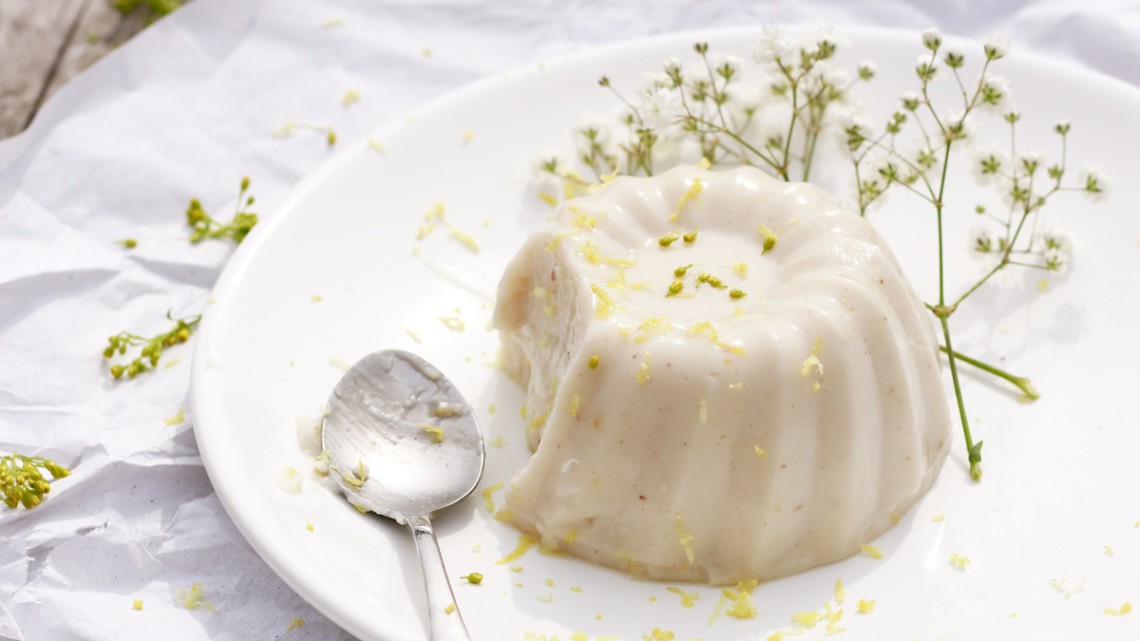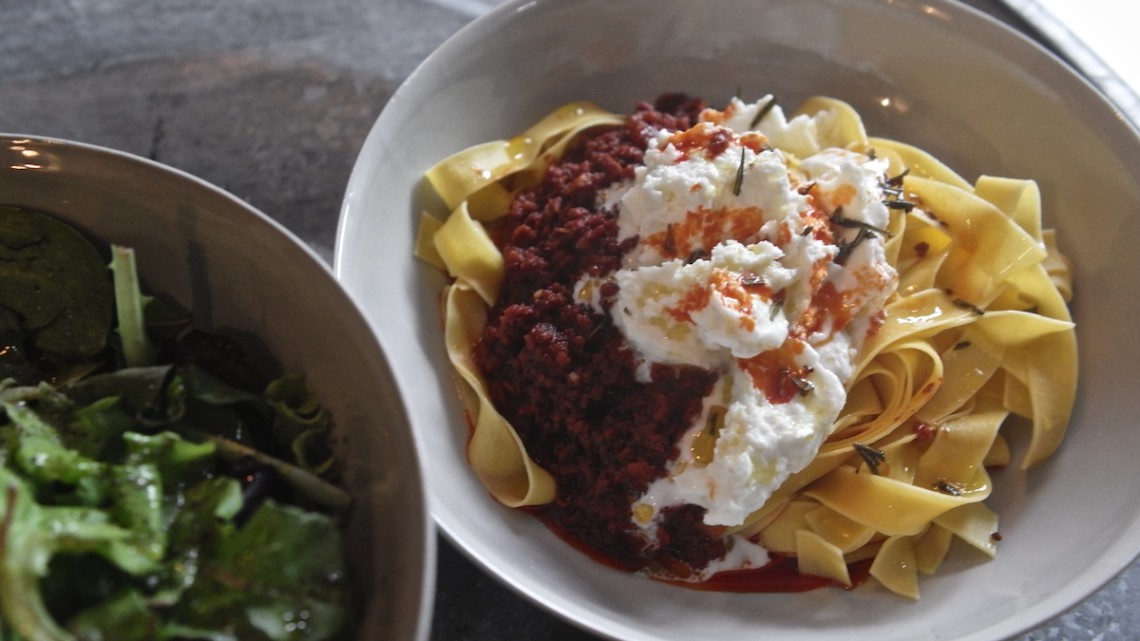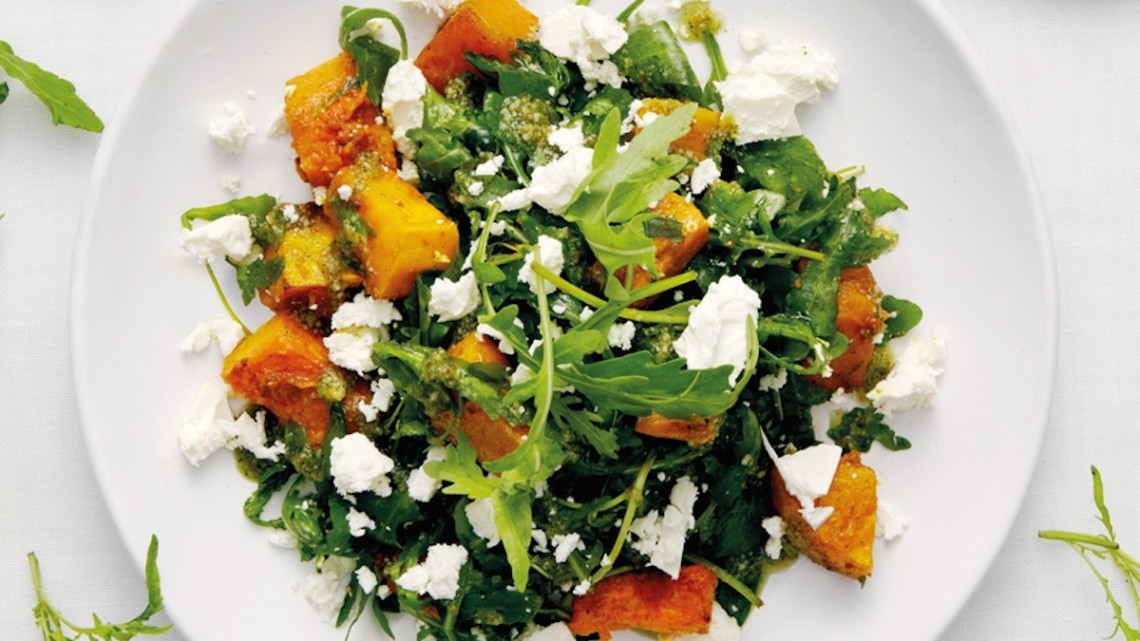Biancomangiare
This is the first recipe and piece of writing from one of our new contributors, Jorgina Catala. Jorgina hails from Barcelona and recently moved to The Netherlands. We hope you enjoy this piece and we look forward to more contributions from Jorgina in the near future.
Biancomangiare, a sweet treat from the Middle Ages.
With a presence in several European countries, known as blanc manger in France, or menjar blanc in Catalonia, biancomangiare is the Sicialian version of what we could consider one of the most celebrated and well known medieval recipes. It’s name litteraly means “white dish” and emphasizes the whiteness of this sweet pudding based on almonds and white sugar.
Have you ever thought about the meaning of colour in food?
During the Middle Ages, food banquets where often used to display the power of the high classes; being able to prepare recipes with rare and expensive ingredients would give a hint of the hosts power to all the banquet attendants.
Serving biancomangiare to your guests would mean that the powerful host had access to the extremely expensive and refined white sugar, very difficult to obtain in the XIV century and would also symbolize good values as purity and refinement. The name biancomangiare was a generic name given to different kinds of savory and sweet recipes, based in chicken breast, rice, milk almond milk and other ingredients that gave the dish its characteristic white color.
Today, we are sharing with you the most traditional Sicilian sweet version, a delicious almond pudding, with a delicate almond flavour, lemony fragrance and of course, with its elegant snowy white presence.
Ingredients
1 litre of almond milk (you can buy it or do it yourself using 300gr of peeled almonds and 1,5 litres of water)
Zest of 1 untreated/organic lemon (avoid the white, it will make it bitter)
200g refined sugar
120g of corn starch (Maizena)
a pinch of cinnamon
Method
Keep aside a glass of almond milk.
Pour the rest of the almond milk in a saucepan and heat over a low flame. Add the lemon zest, pinch of cinnamon and the refined sugar.
Meanwhile mix the corn starch with the almond milk you kept aside. Once the corn starch is dissolved, add the mixture to the saucepan through a sieve.
Keep stirring the mixture, preferably with a wooden spoon, till it starts boiling. When it will starts to thicken remove the saucepan from the fire.
Pour the mixture into moulds of your preference. You can choose single portion moulds or a large one. Let it cool down to room temperature and only then put it in the fridge until thick.
The pudding will be ready after around 4 hours. You can then unmould it and decorate as you please. Its delicious eaten on its own, but you can also add some of your favourite jam, some chocolate sauce or cherries and syrup. Just remember that the biancomangiare has a very subtle taste that shouldn’t be over-powered by a strong sauce.
Pappardelle with Chorizo Ragu
One of our favourite cookery writers and stylists, Donna Hay, has inspired this recipe.
Serves 4
Ingredients
400 gr dried chorizo
1 tablespoon extra virgin olive oil
2 sprigs rosemary
1 red chilli
2 cloves garlic
salt and pepper
good glug of red wine (about 100 ml)
1 x 400 g can peeled tomatoes
2 tablespoons brown sugar
400 g pappradelle
250 g buffalo mozzarella
green salad, to serve
Method
Remove the cases from the chorizo and roughly chop. Place into a Magimix (foodprocessor) and process until finely chopped, resembling minced meat. Set aside.
Bring a pan of salted water to the boil for the pasta. Finely chop the garlic, deseed the chilli and finely chop half of it (or more depending on how spicy you like it). Heat the olive oil in a large frying pan over medium-high heat. Strip trip the leaves from the rosemary stalks and chop them roughly. Add the rosemary to the pan and cook for 30 seconds until crisp. Remove and set aside. Add the chorizo, garlic, chilli, salt and pepper to the pan and cook for 3-4 minutes until golden and crispy, stirring often.
Add the wine and cooked cook for 30 seconds to 1 minute. Add the tomatoes and brown sugar and bring to a simmer. Turn the heat to low and cook for 5-7 minutes. ( If you find that too much oil has come from the chorizo, you can also spoon a little off). While the chorizo is cooking, cook the pasta in the boiling water according to the package instructions. Drain and reserve 100 ml of the cooking liquid.
Add a little of the reserved cooking liquid to the chorizo mixture to start with, making sure ragu has a nice consistency. Divide the pasta between 4 bowls. Top with the chorizo ragu and tear the mozzarella over. Sprinkle over the crispy rosemary, drizzle with some of the chorizo oil in the pan and serve with a green salad simply dressed with olive oil.
Curry-Roasted Pumpkin and Feta Salad with Pesto
Serves 4
Ingredients
2 kg butternut squash
100 g feta
60 ml pesto (homemade or bought)
1 bag rocket
1 tablespoon mild curry powder
Olive oil
Salt
Pepper
Method
Preheat the oven to 210° C. Peel the pumpkin with a vegetable peeler and cut lengthways in half. Remove the seeds and chop into 3 cm cubes.
Transfer the pumpkin to a roasting dish, sprinkle with olive oil, curry powder, salt and pepper. Roast for 15-20 minutes in the oven or until the pumpkin is soft but still holding its shape. Allow to cool off slightly.
Crumble the feta and dress the rocket with olive oil, salt and pepper.
Lay the roasted pumpkin on a serving platter. Scatter over the crumbled feta and drizzle with the pesto. Top with the rocket and serve.
Also delicious as a side dish served with roast chicken.
We, the Amsterdam Flavours chefs, hope you enjoy this recipe as much as we do. If you have any questions on how to prepare it or just want to send us your feedback, you can reach us here Contact Amsterdam Flavours



